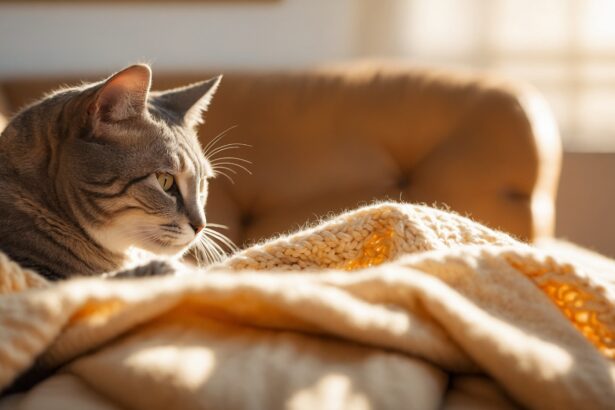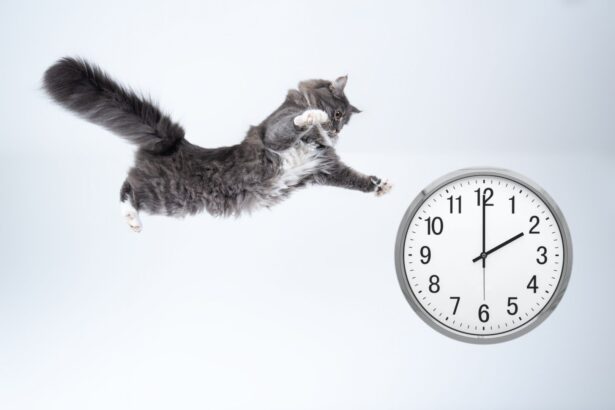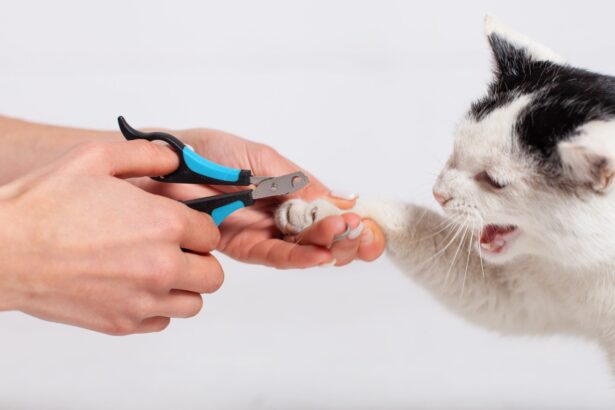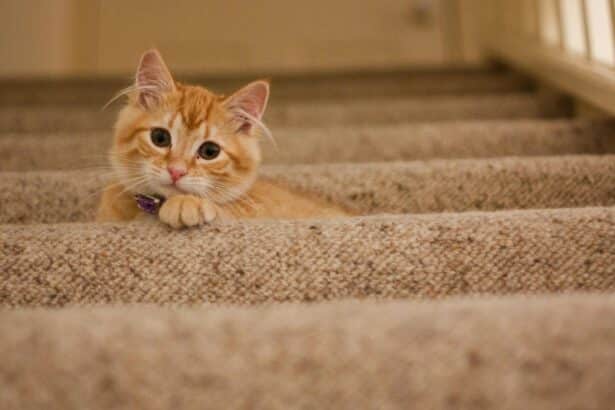Your cat curls up on your chest, kneads your sweater, and purrs like a tiny engine. Adorable? Absolutely. But what is your feline really saying when she chooses you as her favorite mattress? Let’s decode the cozy truth behind this close-contact sleep.
- What your cat tells you by sleeping on you
- The science of feline attachment (in simple words)
- Warmth, scent, and small rituals
- Common reasons your cat picks you as a bed
- Make it comfy for both of you: gentle, clever tips
- A common mistake to avoid
- When to rethink the habit
- Extra cozy touches your cat will adore
- FAQ
What your cat tells you by sleeping on you
When a cat sleeps on you, she’s choosing safety, warmth, and your scent. That’s a big vote of confidence. It often signals a secure attachment and a desire to be near her person—yes, you.
Cats also love patterns. If your bedtime means cuddles, your kitty will quickly schedule you into her nightly routine. Curious about the broader reasons cats snuggle under the covers? This guide on why cats sleep with us is a great companion read.
The science of feline attachment (in simple words)
Research suggests cats can form strong, secure bonds with humans, similar to what we see in dogs and even infants. One study from Oregon State University showed that many cats display secure attachment behaviors with their caregivers, seeking proximity and comfort during stress.
For the curious, here’s the study: Attachment bonds between domestic cats and humans. In daily life, that looks like your cat using you as a safe, warm dock where worries melt away.
Warmth, scent, and small rituals
Your body is a perfect heater, and your heartbeat is a soothing metronome. Add your familiar scent, and your cat’s bedtime equation is solved. That’s also why she kneads before settling—the gesture releases comfort and marks you with gentle scent.
If your legs are getting a biscuit massage at 2 a.m., here’s what it means when cats knead—and how to protect that cute pajama fabric.
Surprising little fact
Cats run warmer than we do (around 38–39°C). No wonder your lap feels like a five-star spa to them on cooler nights.
Common reasons your cat picks you as a bed
- Security reset: New furniture, guests, or schedule changes? Your cat may seek extra closeness to feel grounded.
- Temperature: Chilly room? You’re the coziest option around.
- Bonding time: Evening is quiet, smells are soft, and your attention is undivided—purrfect for connection.
Speaking of connection, that gentle rumble isn’t random. Here’s a friendly dive into why cats purr and what it may say about their mood.
Make it comfy for both of you: gentle, clever tips
Love the cuddles but want your space too? You can have both. Try these gentle tweaks.
- Place a plush “lap blanket” next to you on the bed or sofa. Warm it for a few minutes (no cables; more on that below), and spritz it with your scent by tucking it into your sweater for an hour.
- Original training tip: Create a “bedtime spot” cue. Pat the blanket, say a short cue (like “sleepy spot”), and drop a tiny treat right there. Repeat for 7–10 evenings. Gradually move the blanket off your body and onto the mattress. Your cat learns the cue, not the person, is the signal to settle.
- Keep a low, steady room temperature and a draft-free corner. Add a small bolster so your cat can rest her chin—cats love a little head support.
If you enjoy co-sleeping, you’ll love these ideas for the best positions for sleeping with your cat without waking up stiff (or covered in whiskers).
A common mistake to avoid
Avoid leaving electric blankets or plug-in heat pads on unsupervised. Cats can overheat without showing it clearly, and cables can become a chewing hazard.
Instead, use a microwave-safe seed pillow wrapped in a towel for gentle warmth that fades naturally as you both drift off.
When to rethink the habit
If your cat suddenly becomes clingier at night, look for changes: a new pet, loud noises, or anyone spending long hours away. Offer more playtime before bed and a predictable routine.
Also watch for signs of discomfort—restlessness, vocalizing, or hiding. If the behavior change is abrupt and you notice appetite or litter-box changes, a quick chat with your vet is wise.
Extra cozy touches your cat will adore
- Bedside nest: A soft-sided cat bed at shoulder height lets your cat stay close without pinning your legs.
- Scent layering: Tuck a worn T-shirt under your cat’s blanket for a calming “you’re here” message.
- Quiet purr zone: A short brush or a slow-blink session before lights out can become your sweetest ritual.
And if your cat gives you a little massage and settles right in, remember: those biscuits are just the prelude to a happy nap.
Quick recap
- Your cat sleeps on you for warmth, safety, and love.
- Shape the habit with a dedicated blanket and a simple cue.
- Skip electric heat; choose safer, gentle warmth.
- Sudden changes? Add routine, play, and check in with your vet if needed.
FAQ
Is it safe to let my cat sleep on my chest?
Usually yes, as long as you can breathe comfortably and your cat isn’t covering your face. If you’re a very deep sleeper or have breathing issues, guide your cat to a nearby bed on your pillow side.
How can I stop my cat from sleeping on me at night?
Offer a warm, scented blanket spot and teach a simple cue with tiny treats. Keep a consistent bedtime routine and reward settling on the new spot, not on you.
Why does my cat sleep on my head or hair?
Your head is stationary, warm, and smells strongly like you—cat heaven. A plush pillow-top bed beside your head often solves it without hurting her feelings.
Do cats sleep on you because they love you or to claim territory?
Both can be true. It’s affection plus comfort, with a sprinkle of scent-marking. The closeness is a lovely sign your bond is strong.








